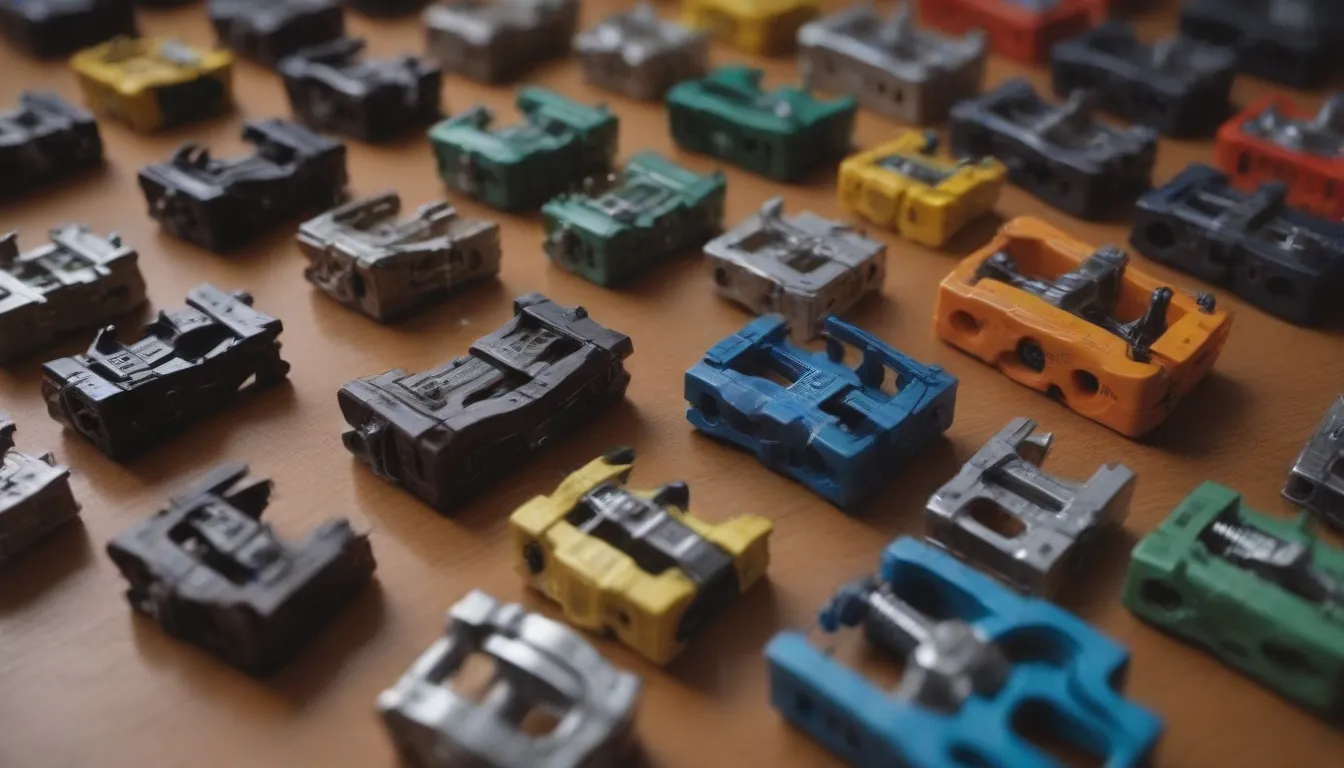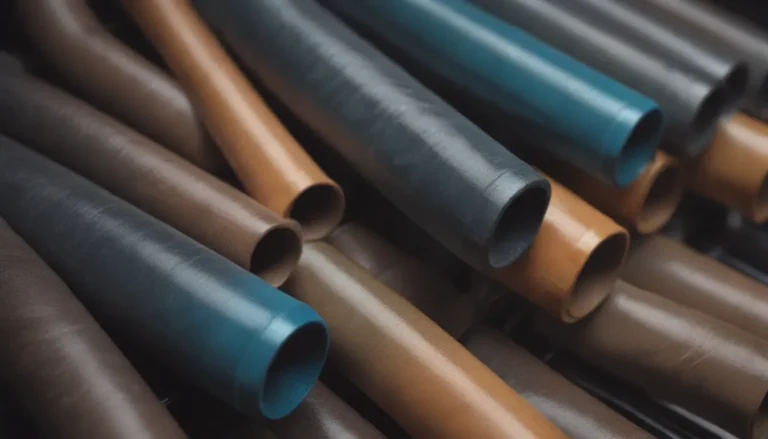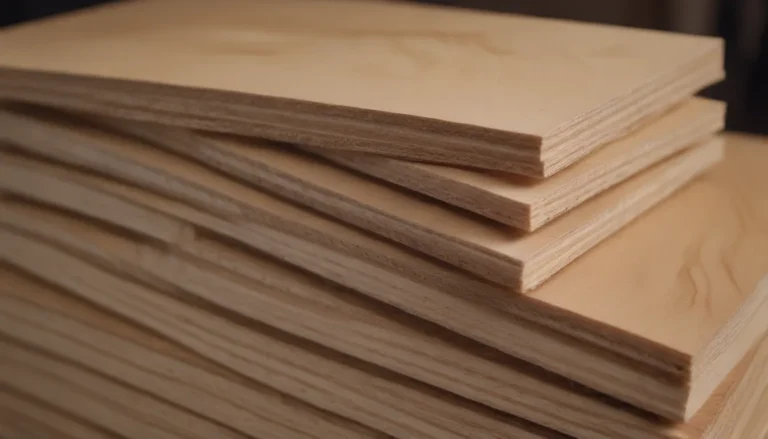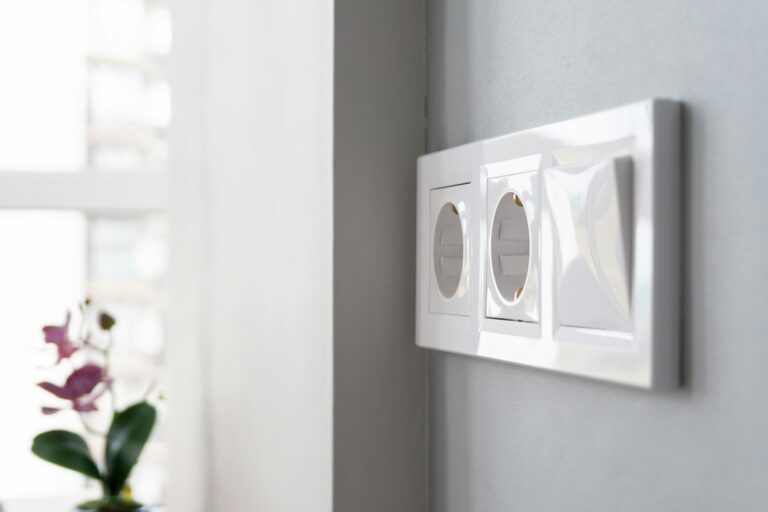The Ultimate Guide to Clamps: 29 Types and How to Choose the Right One

Clamps are like the unsung heroes of the tool world – always there to lend a helping hand and hold things together while you work your magic. Whether you’re a seasoned DIY enthusiast or just dipping your toes into the world of woodworking, understanding the different types of clamps and how to choose the right one can make all the difference in your projects.
What Is a Clamp?
Let’s start with the basics. A clamp is a device used to constrict, bind, or press together an object or workpiece, providing stability and support during various tasks. From woodworking to metalworking, clamps play a crucial role in holding materials in place while you cut, glue, or assemble.
The Basics: Common Types of Clamps
Now, let’s dive into the world of clamps with 29 different types that every DIYer should know about. Each clamp has its unique features and strengths, so understanding their differences can help you choose the right one for the job.
1. C-Clamp
- Best for: General woodworking, automotive repair
- A classic “C”-shaped clamp with a single-threaded screw for tightening against flat surfaces.
2. Extended Throat C-Clamp
- Best for: Woodworking, face gluing boards, automotive
- Similar to a C-clamp but with extended jaws for clamping further towards the center of a workpiece.
3. F-Clamp
- Best for: Wood joinery, face gluing boards, holding workpieces
- Resembles the letter “F” with a sliding member for holding more material than a C-clamp.
4. Clutch Clamp
- Best for: Wood joinery, face gluing boards, holding workpieces
- Utilizes a clutch to lock jaws in place for one-handed operation.
5. Parallel Clamp
- Best for: Wood joinery, panel gluing, large workpieces
- Features two parallel clamping surfaces for maintaining straight glue-ups.
6. Pipe Clamp
- Best for: Wood joinery, panel gluing, large workpieces
- Consists of clamp ends mounted on a steel pipe for customizable clamping lengths.
7. Trigger Clamp
- Best for: Wood joinery, one-handed operation
- Operates with a trigger mechanism for incremental pressure application.
8. Spring Hand Clamp
- Best for: Holding workpieces and materials
- Applies pressure with a spring at the hinge point for various uses.
9. Ratcheting Hand Clamp
- Best for: Holding workpieces
- Uses a ratcheting mechanism for incremental pressure application.
10. Bandy Clamps
- Best for: Woodworking, gluing edge banding
- Spring clamps with a band for applying force towards the workpiece edge.
11. Gripping Edge Clamp
- Best for: Woodworking, gluing edge banding
- Features spring-loaded cams with a threaded screw for edge pressure.
12. Dual-Spindle Edge Clamps
- Best for: Woodworking, gluing edge banding
- Specialized clamp to pair with an F-clamp for edge clamping.
13. C-Clamp Edge Clamp
- Best for: Woodworking, gluing edge banding
- Uses the jaws of a C-clamp for edge pressure without an F-clamp.
And the list goes on with a variety of clamps for different applications and needs.
Choosing the Right Clamp: Factors to Consider
With so many different types of clamps available, choosing the right one can seem overwhelming. Here are a few factors to consider when selecting a clamp for your project:
- Clamping Capacity: Consider the size and shape of the materials you’ll be working with to ensure the clamp can accommodate them.
- Clamping Pressure: Some clamps offer adjustable pressure settings, which can be useful for delicate materials or firmer grips.
- Material: Clamps come in various materials like steel, cast iron, and plastic. Choose a material that suits your project requirements.
- Application: Different clamps are designed for specific tasks like woodworking, metalworking, or automotive repairs. Choose a clamp that fits your project needs.
- Ease of Use: Consider how easy it is to operate the clamp, especially if you’ll be working alone or need to make frequent adjustments.
By considering these factors, you can select the right clamp for your project and ensure a successful outcome.
Expanded Horizons: Lesser-Known Clamps
While the classic C-clamp and F-clamp are staples in any workshop, there are also lesser-known clamps that offer unique functionalities for specific tasks. Here are a few examples to broaden your clamp knowledge:
1. Straight-Edge Clamp
- Best for: Woodworking, carpentry
- Creates a straight edge for sawing with a circular saw, turning it into a track saw.
2. Self-Squaring Frame Clamp
- Best for: Wood joinery, frame construction
- Squares corners of frames and boxes with two V-shaped bars connected by a threaded screw.
3. Locking Chain Clamp
- Best for: Irregular workpieces, smooth pipes
- Uses a looped chain to lock around materials with irregular shapes or smooth surfaces.
4. Table Clamp
- Best for: Welding, soldering, mounting tools
- Flat C-clamps for holding items to a table or workstation for various tasks.
These specialized clamps offer unique solutions for specific challenges, expanding your capabilities in various projects.
Conclusion
Clamps are like the unsung heroes of any workshop, providing support and stability for a wide range of projects. By understanding the different types of clamps and their specific functions, you can choose the right tool for the job and ensure the success of your DIY endeavors.
So, whether you’re tackling a woodworking project, automotive repair, or metalworking task, having the right clamp by your side can make all the difference. Explore the world of clamps, experiment with different types, and watch your projects come to life with precision and ease. Happy clamping!





